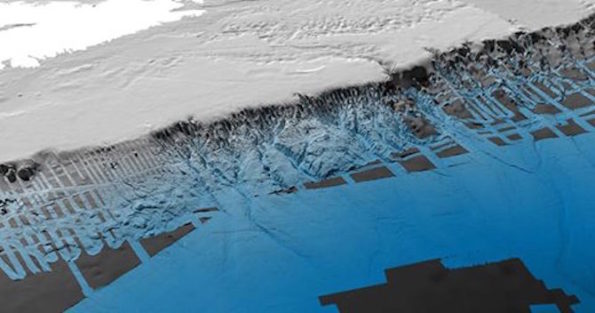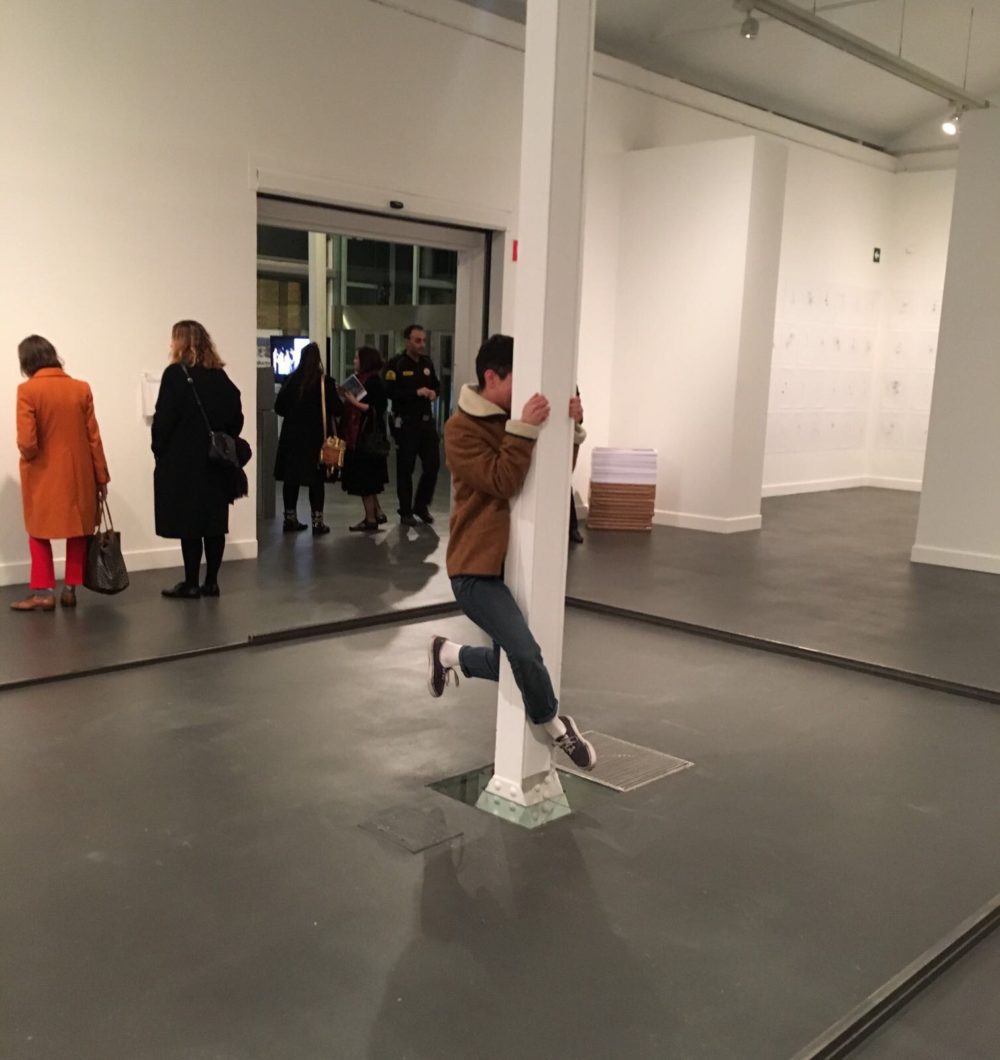Search
To search for an exact match, type the word or phrase you want in quotation marks.
A*DESK has been offering since 2002 contents about criticism and contemporary art. A*DESK has become consolidated thanks to all those who have believed in the project, all those who have followed us, debating, participating and collaborating. Many people have collaborated with A*DESK, and continue to do so. Their efforts, knowledge and belief in the project are what make it grow internationally. At A*DESK we have also generated work for over one hundred professionals in culture, from small collaborations with reviews and classes, to more prolonged and intense collaborations.
At A*DESK we believe in the need for free and universal access to culture and knowledge. We want to carry on being independent, remaining open to more ideas and opinions. If you believe in A*DESK, we need your backing to be able to continue. You can now participate in the project by supporting it. You can choose how much you want to contribute to the project.
You can decide how much you want to bring to the project.

When it comes to knowledge production, we inevitably tend to think about it in a theoretical way. But for the last few years, many museums and different practices (curatorial, artistic, institutional) have insisted on art as a space for knowledge production. What is the peculiarity of this knowledge that arises through art or “visual culture”?
I work in the field of “visual culture”, a field that emerged through a series of necessities about fifteen years ago, mainly to address how to deal with contemporary culture and contemporaneity, but not through the protocols of an academic discipline: an academic discipline always denies contemporaneity! There were quite a lot of people who wanted to, not just to live out the contemporaneity as consumers or practitioners, but also kind of enter it and inhabit it critically.
First we developed a field that was understood as the meeting ground between the creative practices, the philosophical and the political and also through the understanding that those relationships would have to constantly renegotiate themselves. They were never stable, and they never settled into a stable protocol. Another thing that is important to say about visual culture is that it is a relational geography: there are no set relations between things; there are no hierarchies (the philosophical is not more important than creative practices; politics do not override everything…), so there is a sense that says “these are the components” but you don’t set out to look just for one perspective, you have to move around all the time. And since visual culture is a relational field, it can also have a relational approach to its materials, so one of the things that has always interested me is how you develop a legitimate mode of incurring in which everything is legitimate: high culture, low culture, gossip, something you read in the newspaper that morning, Giorgio Agamben… everything is in relation to one another, so none of these materials are authoritative.
The third thing that happened, and it surprised all of us, is that we started our department in Goldmiths. We were a group of academics and over the years, we have all become practitioners: curating, making films, performing,… I find that terribly interesting, because it is the answer to a demand. You cannot investigate something through one methodology only. That means a whole set of materials, but also, a whole set of methodologies.
In your personal biography and bibliography, there is a disenchantment or disillusionment about art history, which led to a shift in your own education and practice. What possibilities open up – or close down – when you work from a position of disenchantment?
Disenchantment interests me, and also exhaustion. The disenchanted are not those who turn their backs on a project and say “we are tired and we don’t want to do this anymore”. It is rather being with the problem but refusing to deal with it in the conventional way. The disenchantment is what occurs between what we have available within ourselves in terms of knowledge and what we feel we would like to be able to do. Disenchantment is that moment of self-recognition in which you say, “what I know is not enough for what I need to do”. We all know how we know what we already know, but we don’t know how to know what we don’t know. That is a very fundamental notion of western knowledge. Disenchantment is here understood as very positive term, not a negative one, it is actually the entry point from many interesting projects.
“Criticism dissemination” is the central concept of the meeting in Barcelona.
The change from criticism to critique to criticality is a movement that you have been pointing at for a while now. What are the fundamental differences between these three notions?
As poststructuralism developed, it helped us move the frame of our question from “what is it” to “what does it make possible?” The subject was always a field of possibility rather than an identifiable entity. My understanding of criticality is that even though critique has given us an amazing set of analytical terms by which to understand the world around us, we also live out its conditions and, therefore, we never have any distance. We know, but that doesn’t produce any distance from the problematic. You have to produce language that is both analytical and experiential; that is criticality. You are implicated, you are inside, you are part of it, and you can’t step aside and look at it from the perspective of critique. But you also have to understand that these very conditions are shaping you. They are your subjectivity. In pedagogy this produces a very interesting set of possibilities: instead of describing what you are going to be teaching and studying you can start by saying “where do we sit within all of this?
In relation to the rise of the “conversation” in the context of art, you said you would rather reject this notion. Why?
I would not say I reject conversation per se, but once the conversation becomes a tool for programmers, then it’s not a conversation. It is another exhibited component of the exhibition. So, I am not interested in formal conversations organised by programmers, but I am very interested in the sort of conversation that takes place as we are confronted with something, as viewers, or participants, or audience members. I am trying to develop a new language for this, and I would call it the “implicated”, not as in a crime, but a kind of narrative implication. The conversation that I am interested in is one that extends whatever project, and takes it elsewhere, through us. The most important thing in the world to me is “us”. It’s more important than art, institutions or anything. What is it to be us right now? How do you conceptually work with that?
Considering art as an area of knowledge in which the volume of questions always exceeds the number of answers, do you think there are fundamental questions that are yet to be posed?
There is something with which I am quite uncomfortable at the moment, and that is, the tendency to put ideas on display. In principle, I should be very happy about that, but somehow, if you begin to do that, you are losing the element of struggle. What research has to manifest is its own difficulties, but in neoliberal culture, everything has to be easily packageable, disseminated… this becomes a real problem for me. What it means to deliver something as exhibitable is an issue in terms of contemporary curating.

artwriter_curator_esnorquelmaker_chocolateresearcher_technodancer__bikeenthusiast_coffeeaddicted_
"A desk is a dangerous place from which to watch the world" (John Le Carré)